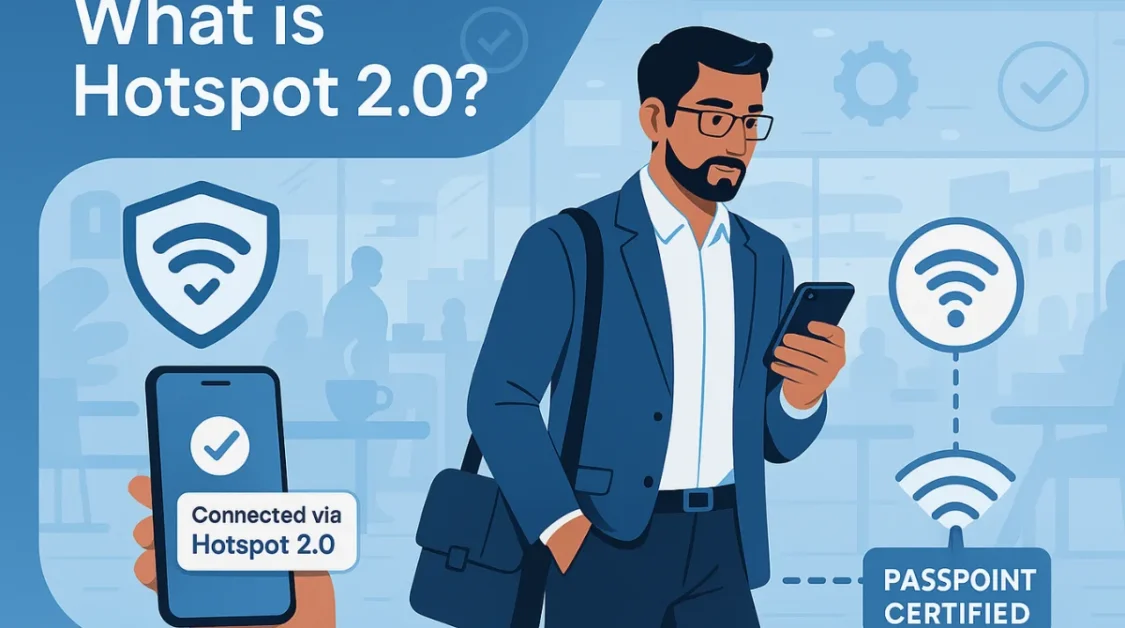In the digital age, every device connected to the internet is assigned a unique identifier known as an IP (Internet Protocol) address. These addresses are crucial for facilitating communication between devices over the internet. One such IP address is 185.63.2253.200. Let’s explore what this IP address means, how it’s built, and why it matters in the world of internet connections.
What is an IP Address?
An IP address is a numerical label assigned to each device connected to a computer network that uses the Internet Protocol for communication. It serves two main functions: identifying the host or network interface and providing the location of the host in the network. IP addresses are essential for routing information across the internet, ensuring that data sent from one device reaches the correct destination.
Structure of an IP Address
IP addresses come in two versions: IPv4 and IPv6. The address 185.63.2253.200 appears to follow the IPv4 format, which consists of four numbers separated by periods. Each number, known as an octet, can range from 0 to 255. This range is due to the 8-bit structure of each octet, allowing for 256 possible values (0-255).
However, upon closer inspection, the third octet in 185.63.2253.200 is 2253, which exceeds the maximum value of 255 for any octet in an IPv4 address. This indicates that 185.63.2253.200 is not a valid IPv4 address. It’s possible that this is a typographical error or a misinterpretation of the intended IP address.
Quick Breakdown: Why 185.63.2253.200 is Invalid
To clearly determine the validity of the IP address 185.63.2253.200, it helps to look at each section (octet) and compare it to the allowed range for IPv4 addresses:
| Octet Position | Given Value | Valid Range (0–255) | Status |
| 1st Octet | 185 | ✅ Valid | No Issue |
| 2nd Octet | 63 | ✅ Valid | No Issue |
| 3rd Octet | 2253 | ❌ Invalid | Too High |
| 4th Octet | 200 | ✅ Valid | No Issue |
Importance of Valid IP Addresses
Valid IP addresses are essential for proper network communication. An invalid IP address, such as one with an octet exceeding 255, cannot be used for routing data on the internet. Devices rely on accurate IP addresses to send and receive information, and any discrepancies can lead to communication failures.
IPv6: The New Standard
Due to the limited number of available IPv4 addresses, the internet has been transitioning to IPv6, which allows for a vastly larger number of unique addresses. IPv6 addresses are represented as eight groups of four hexadecimal digits, separated by colons. This format accommodates the growing number of internet-connected devices and ensures that each can have a unique address.
Role of IP Addresses in Internet Connectivity
IP addresses are fundamental to internet connectivity. They allow devices to locate and communicate with each other, enabling activities such as browsing websites, sending emails, and streaming content. Without IP addresses, the internet as we know it would not function.
When dealing with network issues or security concerns, IP addresses play an important role in troubleshooting. Identifying an invalid or incorrect IP address, like 185.63.2253.200, can help pinpoint connectivity problems. In network troubleshooting, you can perform various checks, such as verifying the format of the IP address and ensuring that the address is correctly routed. By doing so, you can determine whether a device is misconfigured or if there’s an issue with the network.
From a security perspective, IP addresses are also useful for identifying potential threats. Unauthorized access attempts or suspicious activity can often be traced back to specific IP addresses. Tools like firewalls and intrusion detection systems rely on IP addresses to block malicious traffic and safeguard networks. Understanding how IP addresses work and ensuring they are correctly formatted is essential for maintaining both the functionality and security of a network.
Public vs. Private IP Addresses
IP addresses are categorized into two main types: public and private. Each serves a different purpose and plays a unique role in network communication.
- Public IP Addresses are assigned by an Internet Service Provider (ISP) and are used to identify devices on the broader internet. These addresses are globally unique, ensuring that data can be sent across the internet and reach the correct destination. When you access a website or use any online service, your public IP address is used to communicate with the servers hosting that service. Public IP addresses are essential for internet connectivity.
- Private IP Addresses, on the other hand, are used within local networks. These addresses are not routable on the internet and are used for internal communication within a private network, such as in homes or businesses. Private IP addresses are defined by specific address ranges in the IPv4 address space (e.g., 192.168.0.0 to 192.168.255.255, 10.0.0.0 to 10.255.255.255). These addresses allow multiple devices within a network to communicate with each other and access the internet through a shared public IP address, typically via Network Address Translation (NAT).
Understanding the distinction between public and private IP addresses is vital for both network design and security. By properly managing private and public IP addresses, networks can operate more efficiently, with proper security and privacy measures in place.
Conclusion
While 185.63.2253.200 is not a valid IP address due to the third octet exceeding the allowable range, understanding the structure and purpose of IP addresses is crucial. They are the backbone of internet communication, ensuring that data reaches its intended destination. As the internet continues to evolve, the transition to IPv6 will play a significant role in accommodating the increasing number of connected devices.



